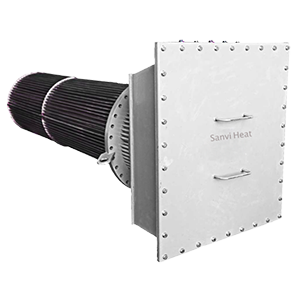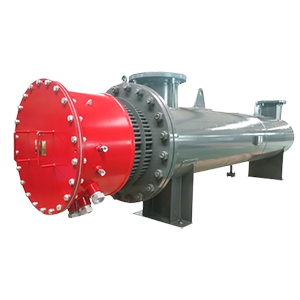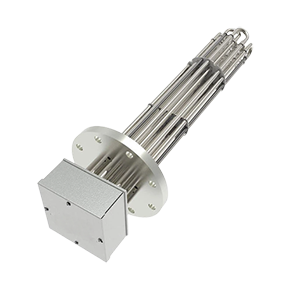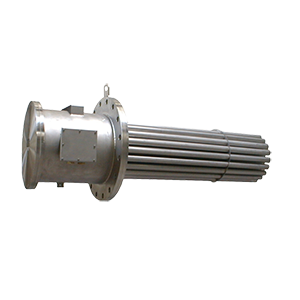Explosion Proof Heater
Sanvi heat explosion proof bundle ATEX electrical tubular immersion heaters are used in hazardous area to prevent the formation of an explosive atmosphere, to avoid or minimize leaks. Our explosion proof ATEX heater produced in different diameters with thermostat or temperature controller. It can be installed as well as a pressure relief valve, it can be perform up to 650°C operating temperature, used in wide variety applications and purposes and less flammable materials, it is used safely in the Industrial process, oil ring platforms, petrochemicals, military facility.




What is an Explosion Proof Heater?
Benefits of Explosion Proof Heater
- They are designed to withstand explosions and be safe in potentially dangerous areas.
- Industrial air heaters that are explosion-proof are made to resist explosions.
- They are equipped with safety measures to stop explosions.
- Explosion-proof industrial air heaters are designed not just to survive explosions but also to include safety elements that assist avoid explosions.
- They pass rigorous safety requirements testing.
- By following these regulations, heaters are made to be safe and have all the safety elements needed to avoid explosions.
Why people use Explosion Proof Heater?
-
Avoidance of possible harm
prolonged shelf life
Efficiency
A rise in the value of the services
Why choose us?
We ensure that you get the best service possible so don’t think and provide yourself the best heating solution with us.
Application
- Liquids like water
- Fuel
- Oil
- Steam
- Nitrogen
- Methane hydrogen
- Maximum power: 5MW
- tension up to 3x690V
- flange designation up to 20″ (DN500)
- insertion lengths 350-3000 mm
- pressure up to PN100 (standard PN16)
- maximum pressure 200 bar
Primary– Preventing the explosive atmosphere trough keeping out the flammable substances and/or oxygen.
Secondary– Eliminating the ignition sources (special housing, make it intrinsically safe).
Tertiary– In extreme cases, controlled explosions should be allowed, and the effects should be limited through explosion resistant construction